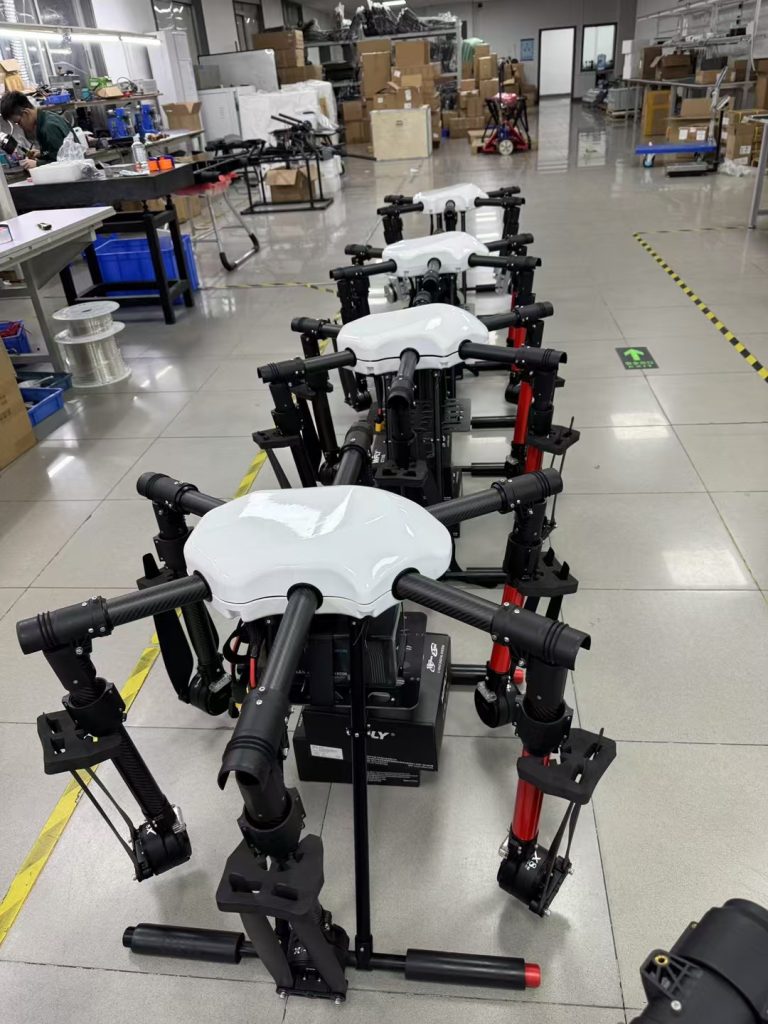
Banana plantations present unique challenges for crop management, from dense foliage and rapid growth cycles to susceptibility to pests, diseases, and environmental stressors. Traditional methods of spraying, monitoring, and fertilizing are labor-intensive, time-consuming, and often inefficient—especially in large-scale plantations spanning hundreds or thousands of hectares.
Enter the banana plantation drone: a cutting-edge agricultural tool designed to optimize every aspect of banana cultivation, from pest control to nutrient management, while reducing costs, labor, and environmental impact. As a leading Chinese manufacturer of agricultural drones, we’ve developed specialized solutions tailored to the specific needs of banana growers, combining advanced technology with deep expertise in tropical farming.
The Challenge: Why Banana Plantations Need Drones
Banana plantations are among the most demanding agricultural environments:
– Dense Canopies: Tall banana plants (often 3–6 meters high) with overlapping leaves block sunlight, hinder manual inspection, and create “blind spots” for traditional sprayers.
– Rapid Growth & Harvest Cycles: Bananas grow quickly (9–12 months to harvest), requiring frequent monitoring and precise application of inputs (water, nutrients, pesticides) to maintain yield and quality.
– Pest & Disease Pressure: Common threats like Panama disease (Fusarium wilt), Black Sigatoka (a fungal leaf spot), and nematodes spread rapidly in humid, tropical conditions. Early detection and targeted treatment are critical.
– Labor Shortages & High Costs: Manual spraying and scouting are physically demanding, and finding skilled labor in remote plantation regions is increasingly difficult.
– Environmental Concerns: Overuse of chemicals leads to soil degradation, water contamination, and harm to beneficial insects, threatening long-term sustainability.
For banana growers, these challenges translate to:
– Lower Yields: Untreated pests or nutrient deficiencies reduce fruit quality and quantity.
– Higher Costs: Wasted inputs (e.g., spraying healthy plants) and labor expenses inflate operational budgets.
– Risk of Crop Loss: Delayed detection of diseases (e.g., Fusarium wilt) can wipe out entire blocks of bananas.
How Banana Plantation Drones Solve These Challenges
Our drones are engineered to address the unique needs of banana cultivation, offering a suite of features that enhance efficiency, precision, and sustainability:
1. Precision Spraying for Canopy Coverage
Banana plants have dense, broad leaves that make uniform chemical application difficult. Our drones solve this with:
– AI-Powered Variable-Rate Spraying (VRS): Adjusts spray volume in real time based on canopy density, plant height, and pest/disease presence. Thicker foliage (e.g., older banana stalks) receives more spray; sparse areas (e.g., young suckers) get less.
– 36 High-Precision Nozzles: Optimized for low-drift performance, these nozzles ensure even coverage deep within the canopy, reaching the undersides of leaves where pests (like mites) and diseases (like Black Sigatoka) often hide.
– Chemical Efficiency: Reduces pesticide and fungicide usage by 40–60% compared to manual sprayers, cutting costs and minimizing environmental impact.
2. Obstacle Avoidance & Autonomous Navigation
Banana plantations feature uneven terrain, irrigation pipes, and closely spaced plants (often 2–3 meters apart). Our drones use:
– 3D LiDAR + Radar Sensors: Detect obstacles (e.g., tree trunks, irrigation lines) up to 200 meters away, automatically adjusting flight paths to avoid collisions and protect both the drone and crops.
– RTK (Real-Time Kinematic) GPS: Centimeter-level positioning ensures the drone follows pre-plotted routes with sub-inch accuracy, aligning spray patterns with banana rows and avoiding water channels or sensitive areas.
3. Multispectral & Thermal Imaging for Early Detection
Banana diseases and nutrient deficiencies often show subtle symptoms before they’re visible to the naked eye. Our drones equipped with multispectral cameras (capturing data in visible and near-infrared spectra) and thermal sensors can:
– Detect Black Sigatoka & Panama Disease: Identify early signs of fungal infections (e.g., yellowing or browning of leaves) or root rot (indicated by abnormal temperature patterns) before symptoms spread.
– Monitor Nutrient Levels: Analyze chlorophyll content and leaf reflectance to pinpoint areas with nitrogen, potassium, or magnesium deficiencies, enabling targeted fertilizer application.
– Scout for Pests: Spot clusters of pests (e.g., banana weevils, nematodes) or their damage (e.g., holes in stems) for precise intervention.
4. Adaptability to Tropical Terrain
Banana plantations are often located in humid, hilly, or waterlogged areas. Our drones are built to handle these conditions with:
– Amphibious Landing Gear: Foldable, waterproof legs with anti-slip treads enable safe takeoffs and landings on muddy or uneven terrain.
– Gyroscopic Stabilization: Advanced flight controllers adjust for wind (common in tropical regions), plant sway, and humid air, ensuring smooth, steady flight even in challenging weather.
5. Environmental & Economic Benefits
– Reduced Chemical Runoff: Low-drift spraying and precise application minimize contamination of soil and nearby water bodies, supporting sustainable farming practices.
– Labor Savings: One drone can cover 5–10 hectares/day, replacing 10–15 manual laborers and reducing operational costs by 30–50%.
– Yield Improvement: Early disease detection and optimized nutrient management increase banana fruit quality and quantity, boosting market value.
Real-World Impact: Transforming Banana Plantations
Case 1: Philippine Banana Plantations
A 2,000-hectare plantation in Mindanao (a major banana-exporting region) faced recurring Black Sigatoka outbreaks and labor shortages. After adopting our drones:
– Pest Control: Early detection of fungal infections reduced fungicide use by 55%, saving $150,000 annually.
– Efficiency: Spraying time per hectare dropped from 4 hours (manual) to 15 minutes, enabling timely interventions during peak disease seasons.
– Yield: Healthier plants produced 20% more export-grade bananas, increasing revenue by 18%.
Case 2: Ecuadorian Banana Farms
In Ecuador (the world’s largest banana exporter), a 5,000-hectare farm struggled with uneven fertilizer application and waterlogging in low-lying areas. Our drones:
– Nutrient Management: Multispectral imaging identified nutrient-deficient zones, allowing targeted fertilizer application that improved fruit size and sweetness.
– Terrain Adaptation: Amphibious drones operated safely in waterlogged fields, where traditional machinery couldn’t reach.
– Cost Savings: Reduced fertilizer waste by 40%, cutting input costs by $200,000/year.
Case 3: Costa Rican Organic Banana Plantations
An organic farm in Guanacaste used our drones to manage pests without synthetic chemicals:
– Precision Targeting: Drones applied organic-approved oils (e.g., neem oil) only to infested areas, protecting beneficial insects and maintaining organic certification.
– Sustainability: Reduced environmental impact earned premium prices for “eco-friendly” bananas in European markets.
Why Choose Our Banana Plantation Drones?
As a trusted Chinese manufacturer, we combine 20+ years of agritech expertise with end-to-end manufacturing control to deliver drones tailored specifically for banana cultivation:
1. Customized Solutions for Banana Farms
– Payload Options: Choose from 10L–30L tanks (ideal for small-to-medium plantations) or 40L–50L models for large commercial farms.
– Crop-Specific Features: Adjustable spray heights (2–8 meters) to match banana plant growth stages (from suckers to mature stalks).
2. Global Compliance & Reliability
– Certifications: Meets international standards (CE, FCC, ISO 21442) and adheres to regional regulations (e.g., EU’s strict pesticide rules, USDA organic guidelines).
– Rigorous Testing: Each drone undergoes 500+ hours of pre-delivery testing, including canopy penetration trials in dense banana fields and endurance tests in tropical humidity.
3. Local Support & Training
– Pre-Sales Field Trials: Test the drone on your plantation to validate performance before purchase.
– On-Site Training: Train your team on mission planning, obstacle avoidance, and maintenance.
– 24/7 After-Sales Service: Multilingual technical support and rapid spare-parts delivery to minimize downtime.
The Future of Banana Farming with Drones
As climate change intensifies and global banana demand grows, drones will become indispensable tools for sustainable cultivation. Future advancements include:
– Swarm Technology: Multiple drones collaborating to spray large plantations simultaneously, reducing time and costs.
– AI-Powered Disease Prediction: Machine learning models forecasting outbreaks based on weather, soil data, and historical trends.
– Fully Autonomous Plantations: Drones working alongside IoT sensors and robots to create closed-loop systems, optimizing every input for yield, sustainability, and profit.
Your Next Step: Elevate Your Banana Plantation
A banana plantation drone isn’t just a tool—it’s a partner that safeguards your crops, reduces costs, and protects the environment. Whether you manage 10 hectares or 10,000, our specialized drones are ready to transform your banana farming operations.
*Contact us today to schedule a demo, request a custom quote, or learn how our banana plantation drones can revolutionize your agriculture.*
—

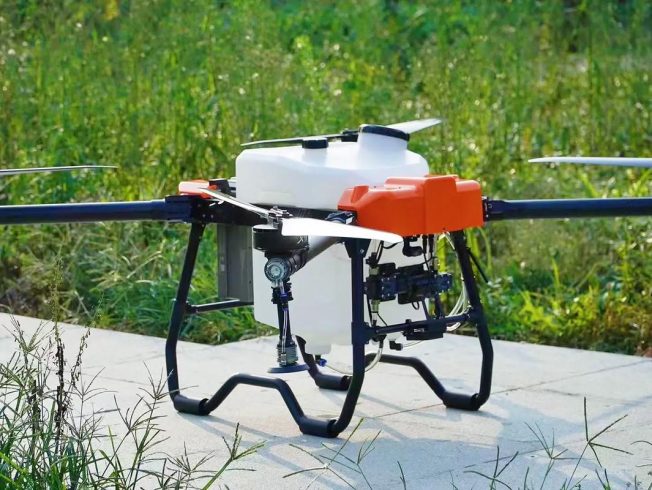
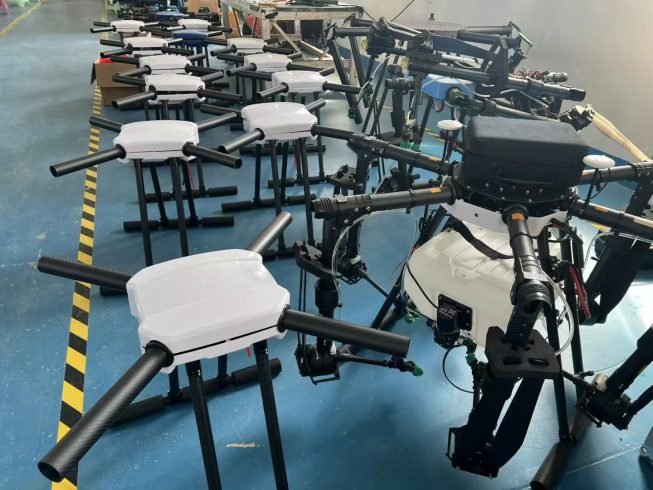
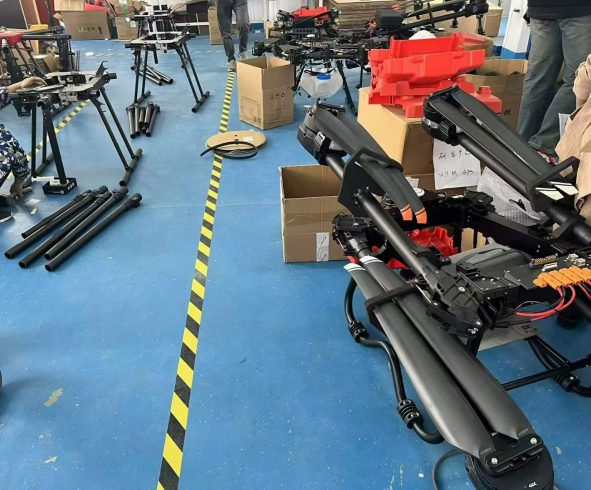
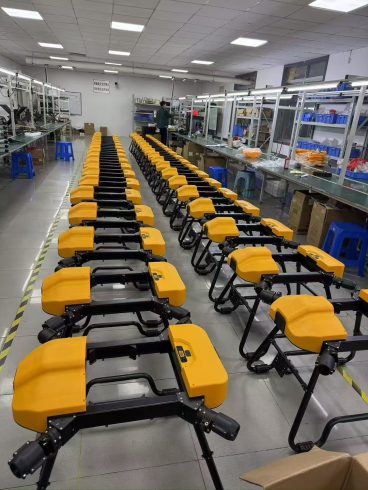

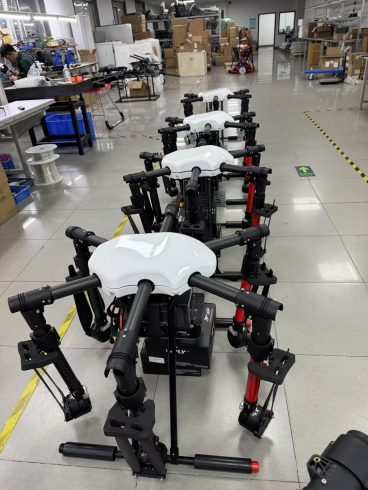
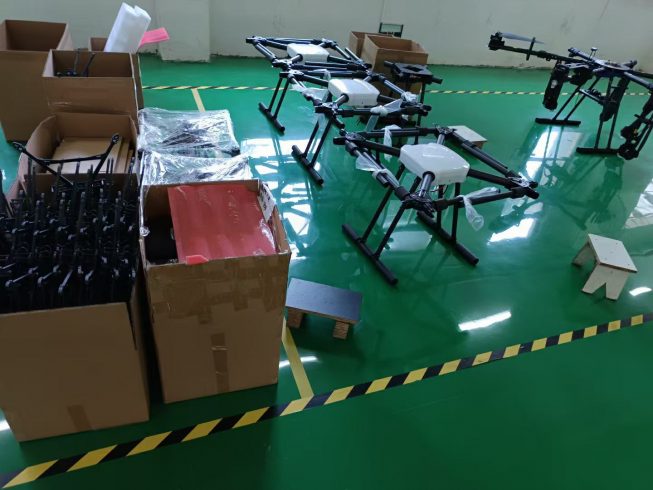
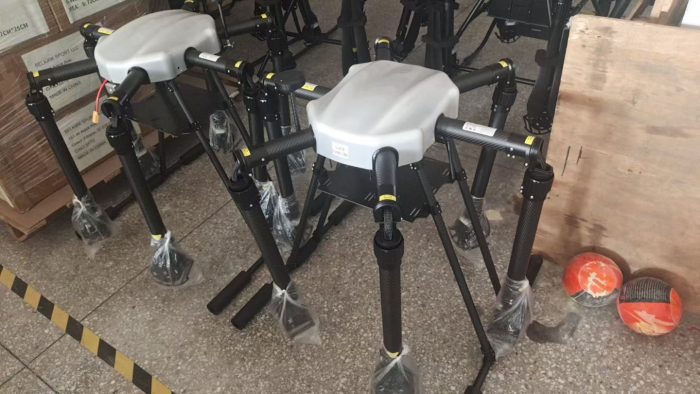
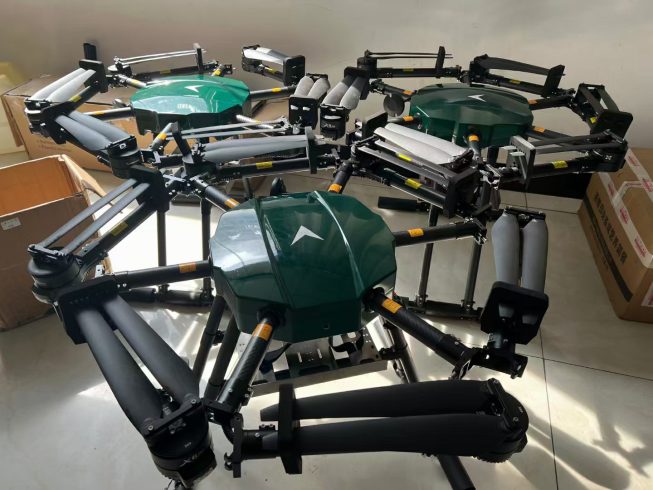
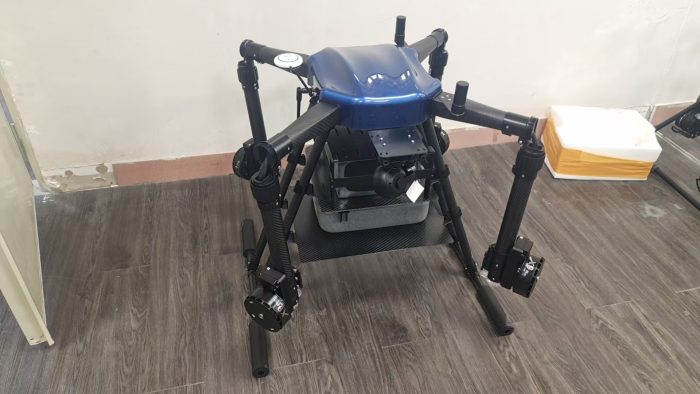
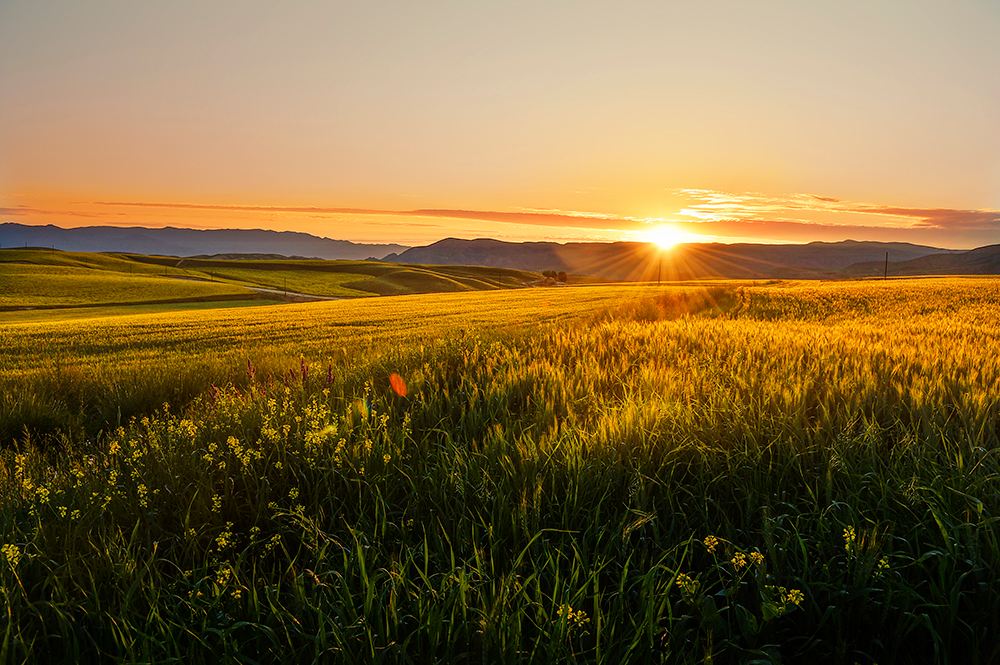
暂无评论内容